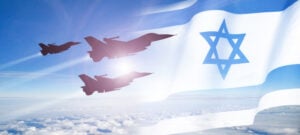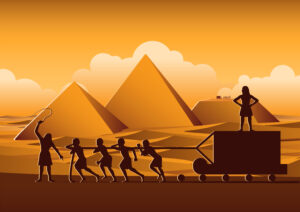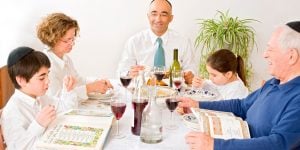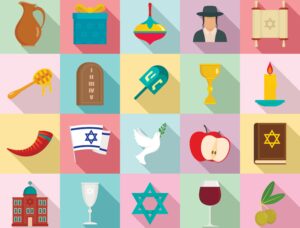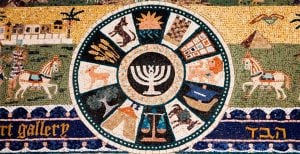For thousands of years, the city of Jerusalem has seen a diverse selections of inhabitants, specifically inside the Old City. There has been a Jewish presence in the area ever since King David made the holy city of Jerusalem the capital of his kingdom. Jerusalem was destroyed and rebuilt, and destroyed and rebuilt but if we fast forward to the 1500s, Suleiman the Magnificent of the Ottoman Empire built a fortress like city which we know today as the Old City of Jerusalem. The walls of the Old City are almost untouched today and measure out to about one squared kilometer but this small piece of land has been divided into four quarters; Jewish, Arab, Christian and Armenian. This division came about in the 19th century but each quarter has its own special aura to it that can be felt by wandering through the endless twisting and turning alleyways in each quarter.
Jewish Quarter
In 1948, the Jewish people were kicked out of the Old City of Jerusalem until 1967 when Jerusalem was reunited with Israel after the Six Day War. The Jewish Quarter had been completely destroyed but as the Jews returned, they rebuilt the area into what it is today. There are over 2,000 Jews living inside the small space as well as being home to an abundance of yeshivas with international students, synagogues and shops. The most famous area inside the Jewish Quarter is the Kotel, part of the retaining wall from the Second Temple, but it is not the only structure from that time period. Inside the Jewish Quarter, you’ll find plenty of places dating back to ancient times such as the old Roman marketplace called the “Cardo” or even just some of the untouched streets paved with the same stones as they have been since ancient times.

Arab Quarter
The largest and most populated of the four quarters is the Arab or Muslim Quarter. The bustling street markets are marked with colorful spices, delicious pastries and gorgeous fabrics but you’ll also hear the sound of the call to prayer from the local mosques such as the Mosque of Omar and the Temple Mount. The Arab Quarter is surprisingly not only home to Arabs, but also to Jewish families and a few holy Christian sites. Today there are about 60 Jewish families living inside the Arab Quarter as well as a yeshiva. This yeshiva, Ateret Yerushalayim, is a continuation of a yeshiva started in the late 1880s and temporarily relocated due to the area no longer being safe until the 1980s. For Christians, the pilgrimage of the Stations of the Cross begins on Via Dolorosa Street inside the Arab Quarter.

Christian Quarter
The Christian Quarter of the Old City of Jerusalem is actually built around the Church of the Holy Sepulcher, which lies almost in the center of the Old City. The Church of the Holy Sepulcher has gone through many different buildings but was originally established in 335 and has attracted Christians from around the world ever since. Most of the areas directly outside the Old City were actually built up by Christian pilgrims from different countries, creating hospitals and hotels for visitors. While there are not many family homes inside this quarter, theChristian Quarter is one of the most visited places inside the Old City, as it is home to about 40 holy sites as well as educational institutions, hotels, restaurants and cafes.

Armenian Quarter
In the 4th century, the country of Armenia adopted Christianity as the national religion and sent monks to live in Jerusalem. They settles inside what is now the Old City and considered the Armenian Quarter. The Armenian Quarter is the smallest of the four but is home to the oldest living diaspora community outside of Armenia. The churches in the Armenian Quarter are few but incredibly important to those that live there. Not many might know this, but the Armenians established Jerusalem’s first printing press in the 1800s. In addition to the churches, the Armenian Quarter also hosts a museum of Armenian history and the Tower of David.

